 |
Image credits: Images (and excerpts) shared with kind permission from Roger and the Lensental team.
Canon’s new RF 70-200mm lens is one of the most interesting lenses we’ve come across in recent memory—so much so we deemed it a ‘modern marvel’ in our sample gallery and crowned it the ‘Zoom Lens Winner of the Year’ award.
While we’ve shared our thoughts on the image quality and overall performance of the lens, we haven’t taken too deep a look into the construction of the lens. Thankfully, Roger and his team over at Lensrentalss have done a complete teardown of the Canon RF 70-200mm F2.8 lens to show off just what Canon has put into this compact lens that’s part of the ‘holy trinity’ in the photo world.
 |
| A look at the PCB in the rear of the lens. |
To start off the teardown, Roger recounts a little anecdote wherein a Canon engineer tossed a box on his workbench and pulled out a mock-up version of the RF 70-200mm F2.8 lens. Roger admits he isn’t easily impressed, but when he laid eyes on the mockup, he said his jaw dropped and the only words to leave his mouth were ‘that’s going to sell you a lot of cameras.’ Now, a good while later, a full-functioning version of the lens was sitting on his workbench once again; and this time it wasn’t leaving without going through a little operation.
Before cracking open the lens, Roger first addresses the redesigned optics of the lens, pointing out the dual focus group design and the extending lens barrel, addressing the latter by saying:
‘Some of you HATE extending barrel lenses. That’s cool; don’t get one. Some of you like to call them dust pumps. That’s cool, too, although it’s incorrect. (We take care of over 20,000 lenses. The most common ‘dusters’ among current lenses all happen to be primes that don’t zoom at all.)’
 |
| The breathable filter (which lets in air, but keeps out dirt and dust) around the lens barrel. |
From there, it’s onto the teardown, which starts with the hinged tripod ring. He notes it’s not the most robust tripod ring he’s come across, but when attached to the camera, it’s ‘quite sturdy.’ With the tripod collar off, it was onto the front of the barrel, which came off with a few external screws. Upon looking over the front ring, Roger discovered a foam sealing between the filter barrel and front element, as well as a new breathable filter, that will allow air to pass through the front of the lens without allowing particles to get in.
The front lens element was then removed with ease, which lead to the ‘reasonably large IS unit,’ which stopped the team in their tracks and lead them to turning the lens over and tearing it down from the back.
 |
| A close-up of the ‘reasonably large’ IS unit. |
The rear lens mount proved fairly standard as far as Canon’s RF lenses go. It was packed tight with the PCB and ribbon cables, as well as a few springs to add the tactile feedback to Canon’s programmable ‘Control Ring.’
Eventually, Roger hit a point where the ribbon cables looked too fragile to continue, but he and Aaron persisted and eventually removed the rear lens barrel after carefully threading each ribbon cable through the maze of pieces.
 |
| A close-up of the meticulously-placed ribbon cables and sensors. |
It was at this point Roger paused to ‘salute Canon’s engineers,’ saying:
‘The flexes are all beautifully laid out and organized, going directly to their appointed place with no wandering about allowed. Notice how all the switches just take up one small flex; there’s not a lot of electron transfer needed to signal ‘on’ or ‘off’ compared to the amount of information that IS or focusing requires.’
After composing himself, he and Aaron continued to the inner workings of the lens. Specifically, he draws attention to the elements Canon uses to secure the extending lens barrel. Roger says the Canon RF 70-200mm F2.8 ‘has about the most robust extending barrel mechanism I’ve ever seen […] There aren’t the usual three cams sliding about to move this barrel, there are three pairs of them, and each is very large and robust.’
 |
| A look at the components used to secure the extending lens barrel. |
Roger and Aaron eventually strip the outer barrel of the lens and dig further into the most intricate components, including both focus assemblies and the image stabilization unit. Roger notes the focus assembly (motors and optics) will likely be replaced as a whole if any component breaks, so any issue on that front will likely prove to be an expensive fix. However, he does not that he ‘doubt it’s a part that will really ever need replacing’ as the lens ‘is SLB (Strong, Like Bull) engineering, and the area is well protected.’
 |
| The aperture diaphragm inside the Canon RF 70-200mm F2.8 lens. |
In all, Roger concludes that a ‘LOT’ of engineering progress has been made in the RF 70-200mm F2.8 lens compared to the likes of the Canon EF 70-200mm F2.8 lens and the Sony 70-200mm F2.8 lens. He states clearly, ‘this lens was a new design from the ground up,’ adding:
‘There’s no ‘that’s the way we’ve always done it’ holdovers [compared to the iterative updates of past 70-200mm lenses]. That’s a lot more work for the designers, but the result is a beautifully engineered, fully modern lens. It’s clean, functional, and straightforward.’
Roger further addresses the build quality of the lens, saying:
‘It’s obviously very robustly engineered from a mechanical standpoint. The internal composites are strong as hell. There are double cams, rods, and posts everywhere. There’s no play in any moving parts. We can’t imagine there will ever be play in the moving parts unless you run over it with a truck. You could describe it as ruggedized, but I’m going to stick with Strong, Like Bull, and suggest we refer to this as the RF-SLB 70-200mm f/2.8 from now on.’
In the end, Roger summarizes the teardown with six simple (paraphrased) words: ‘This is how you do it.’
To view the full teardown in all its glory, head on over to the Lensrentalss blog.
Articles: Digital Photography Review (dpreview.com)
 If you were hoping for a flagship, pro-sports mirrorless camera from Canon, you may be waiting for longer than expected.
If you were hoping for a flagship, pro-sports mirrorless camera from Canon, you may be waiting for longer than expected.



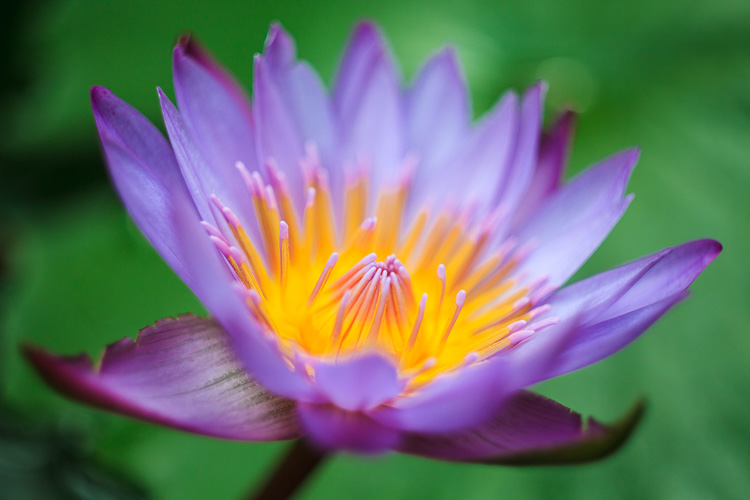

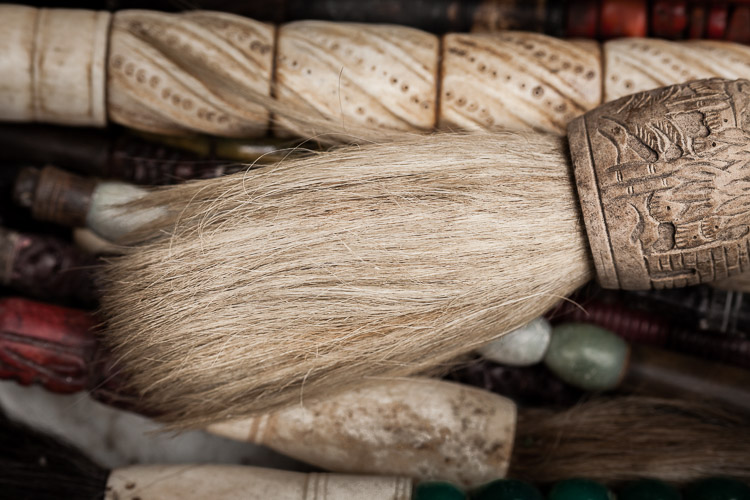
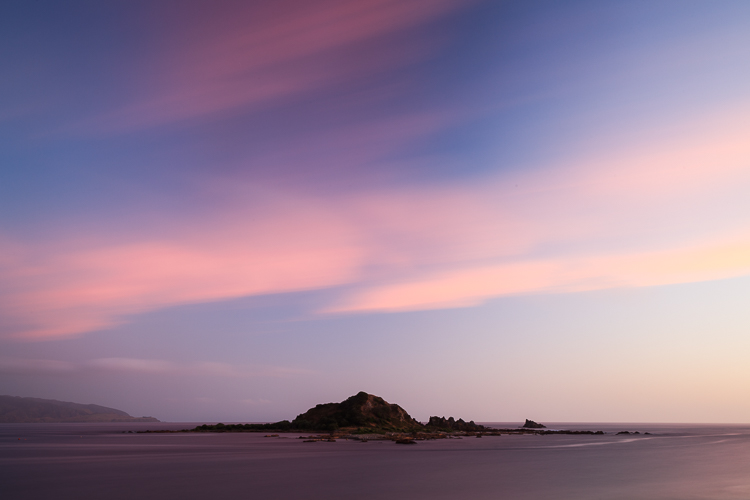
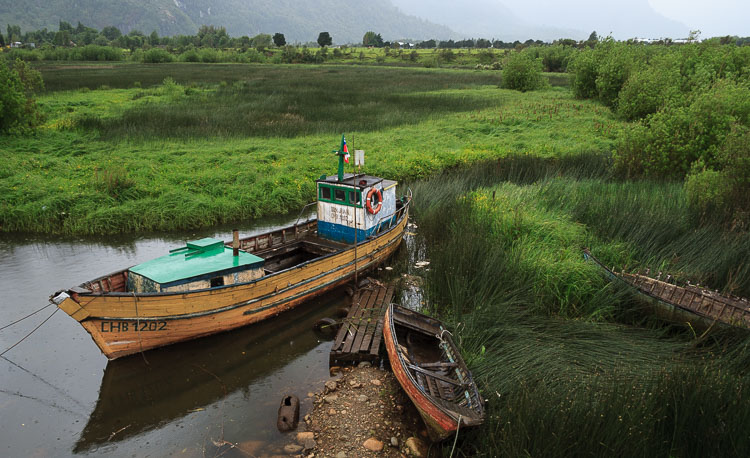
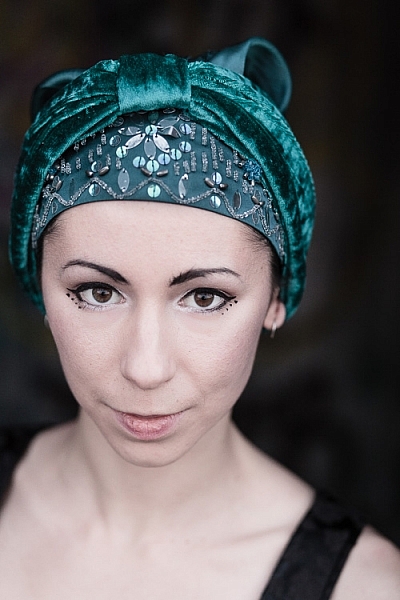

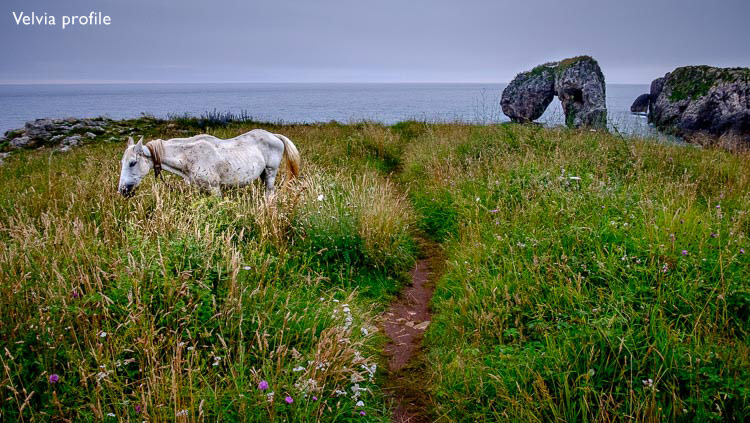
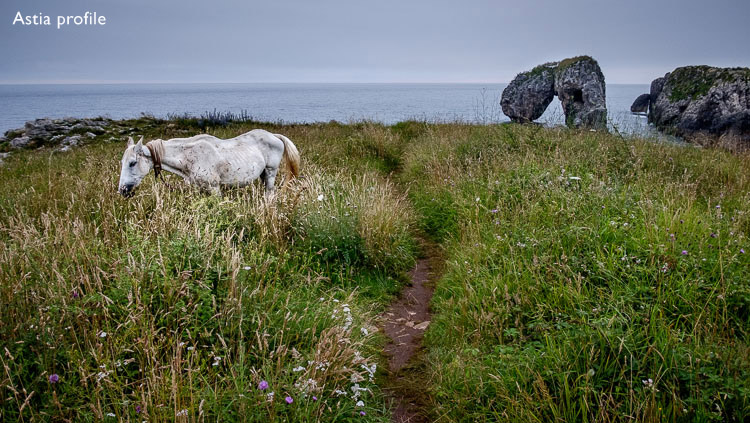
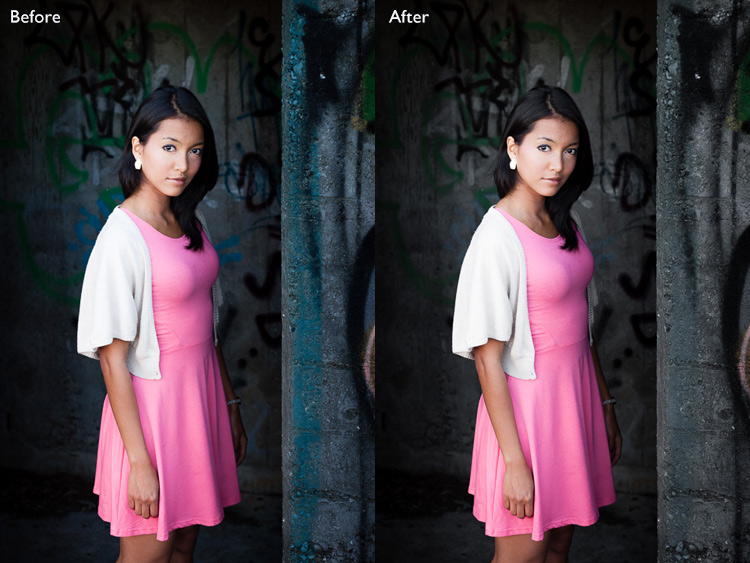
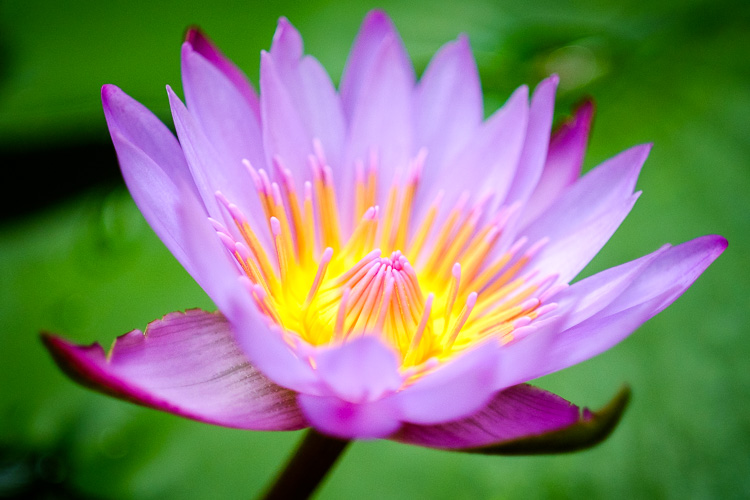
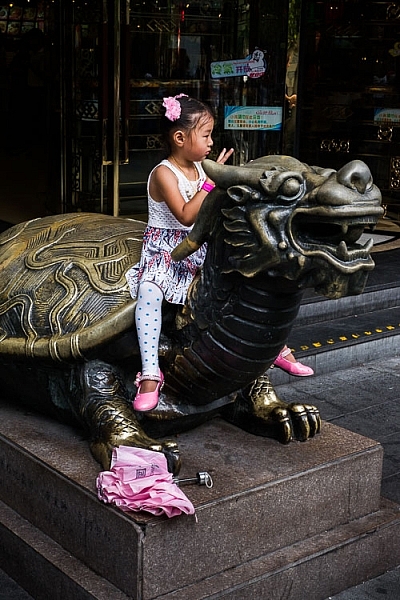
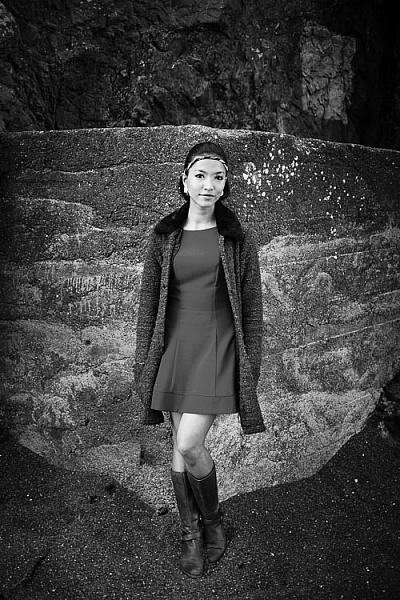
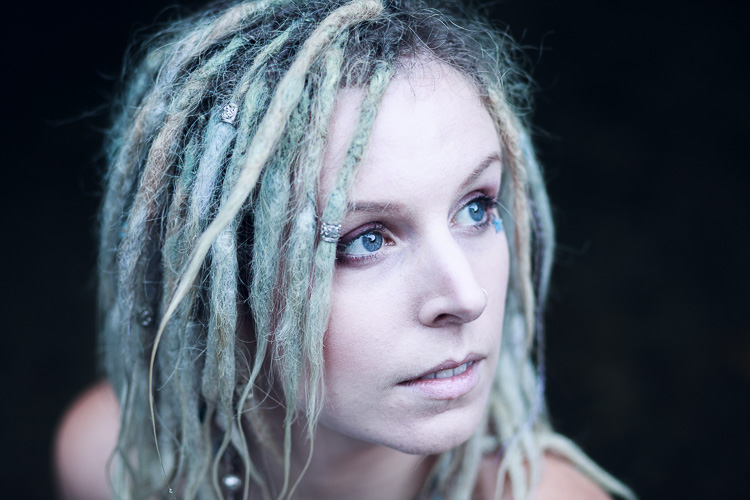


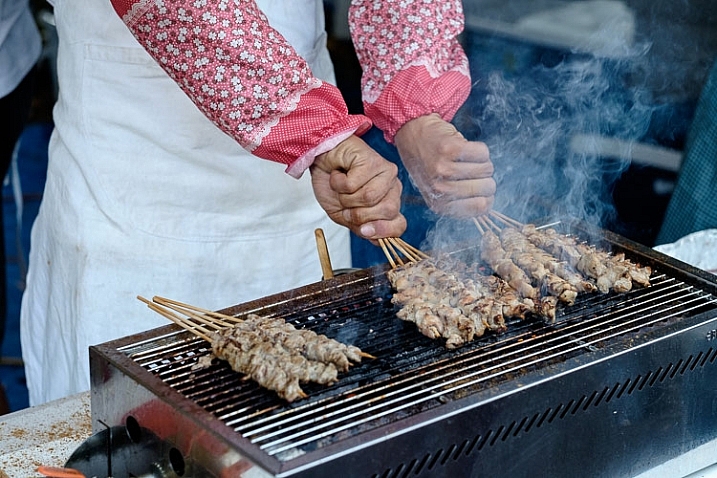

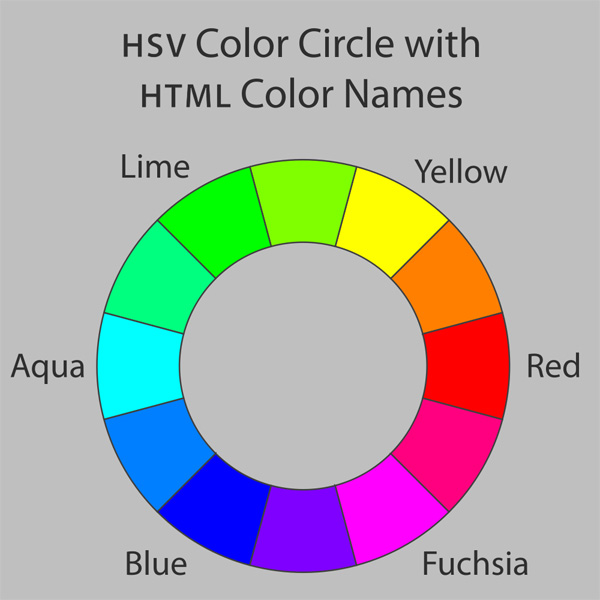
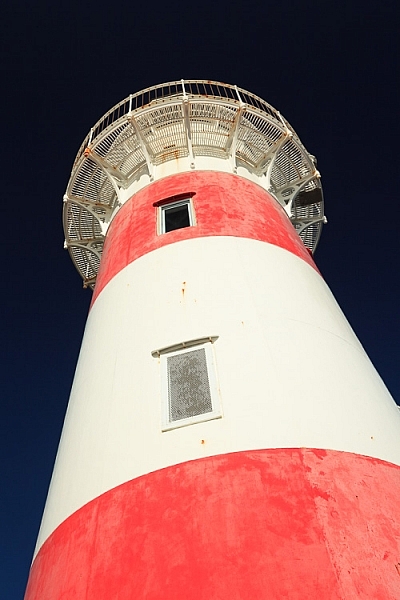
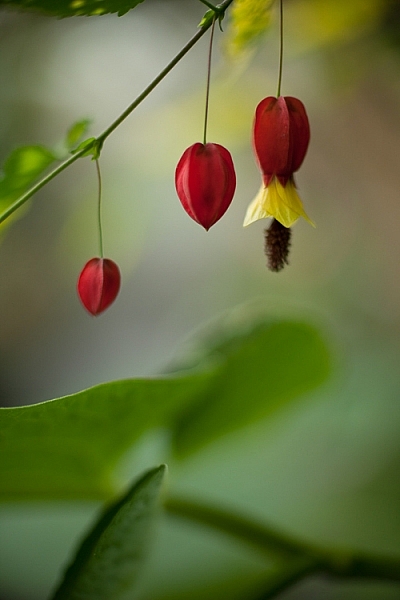
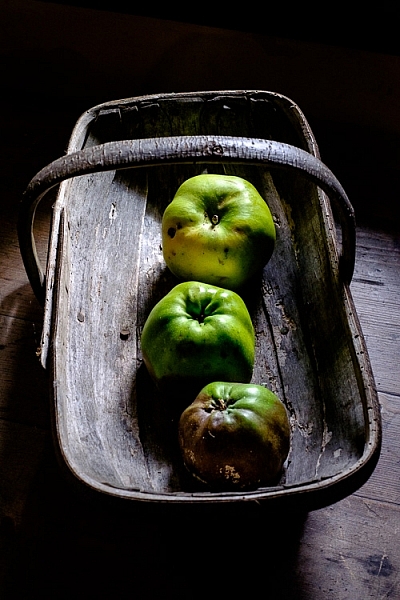
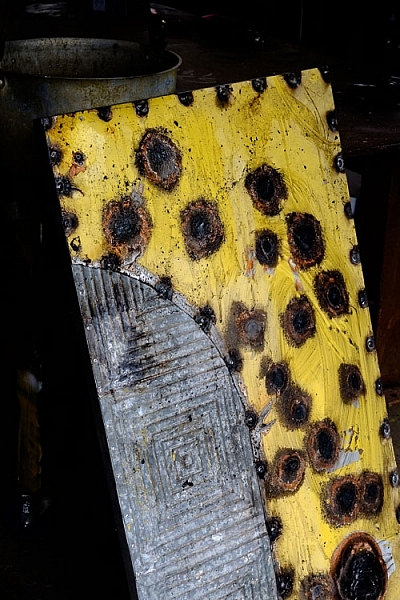

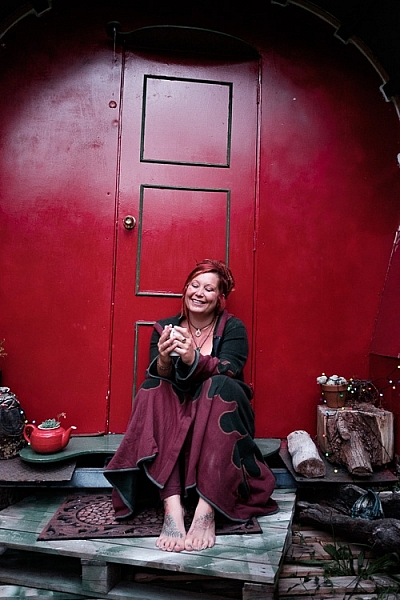
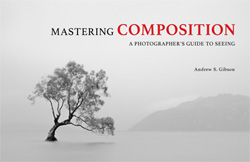 My ebook Mastering Composition will help you learn to see and compose photos better. It takes you on a journey beyond the rule of thirds, exploring the principles of composition you need to understand in order to make beautiful images. You’ll also learn how to use colour to create photos like the ones in this article. Click the link to learn more or buy.
My ebook Mastering Composition will help you learn to see and compose photos better. It takes you on a journey beyond the rule of thirds, exploring the principles of composition you need to understand in order to make beautiful images. You’ll also learn how to use colour to create photos like the ones in this article. Click the link to learn more or buy.
You must be logged in to post a comment.